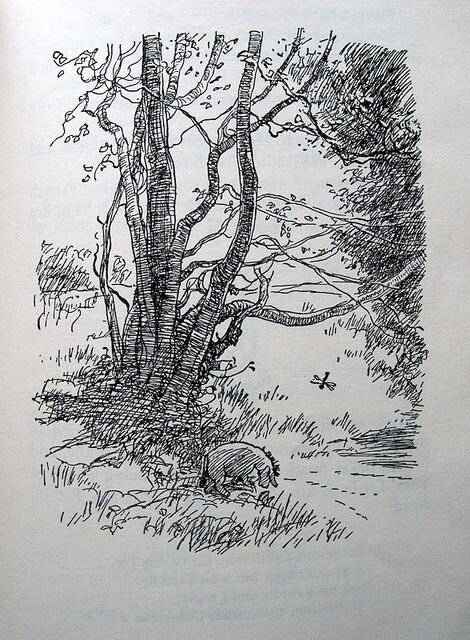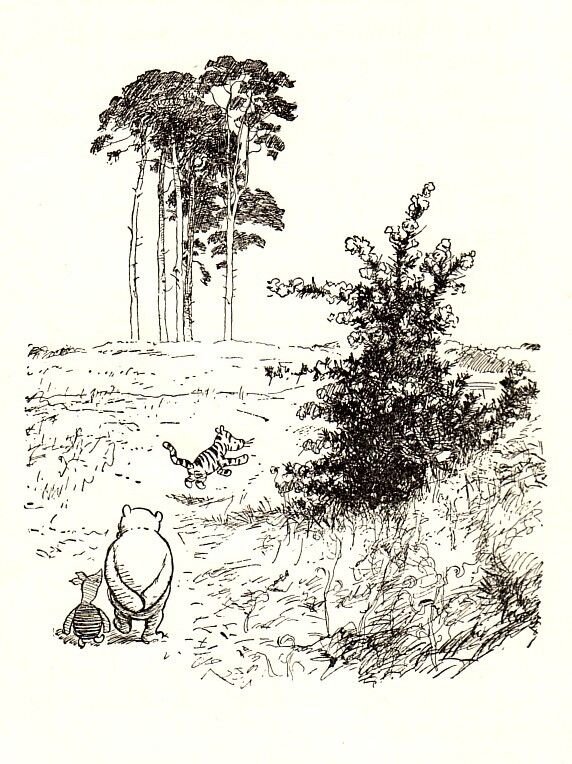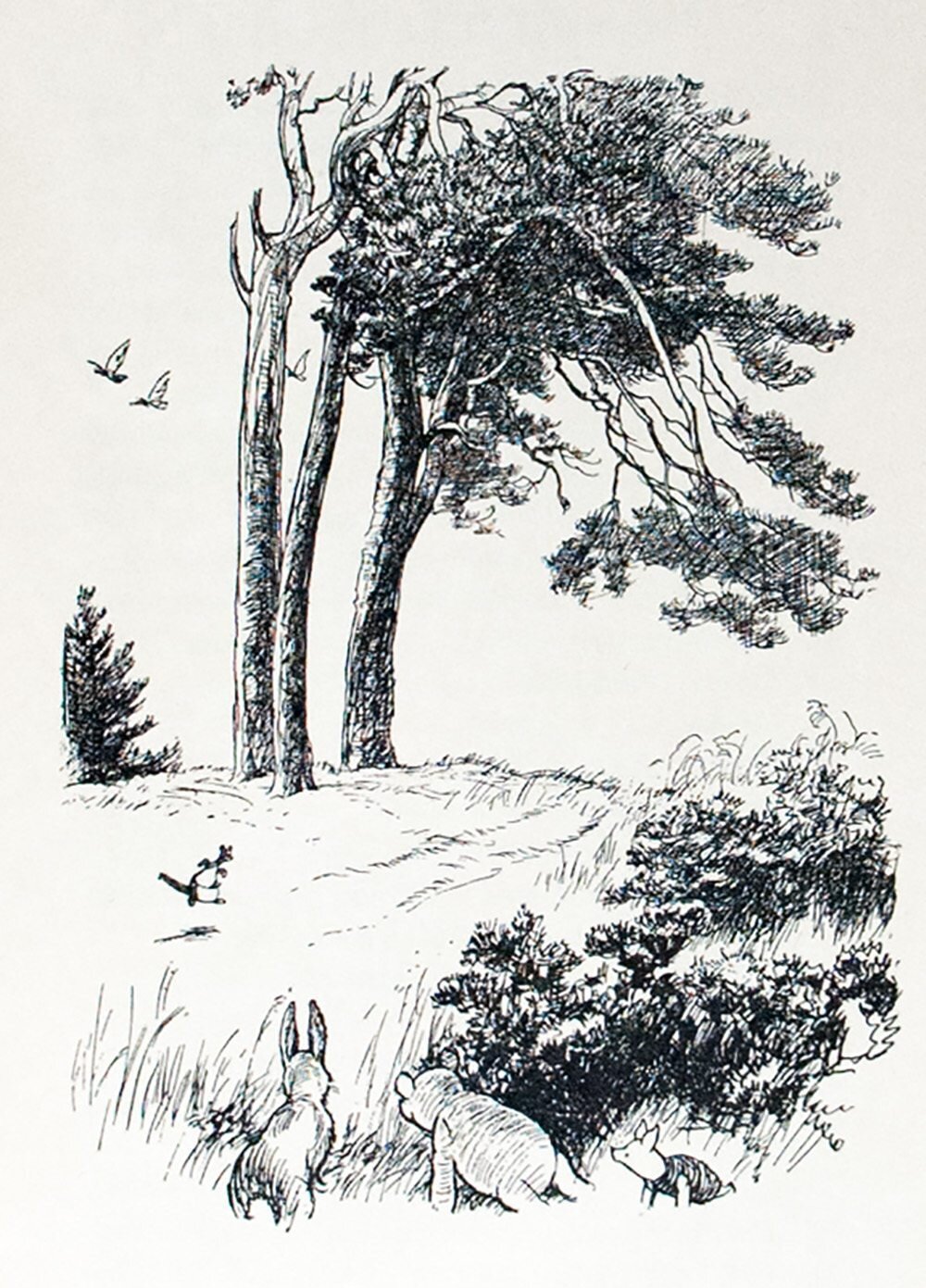5 ways picture-book illustration is like the ancient art of Bonsai
Errol le Cain The Twelve Dancing Processes
Errol le Cain was not a Bonsai artist (he was a British animator and illustrator), but he understood how to manipulate shape and form to grab and hold attention.
Manipulating form and shape is also the aim of Bonsai art.
According to Jonathan Gottschall in his book The Storytelling Animal, story is all about grabbing and holding attention. He defines story in the following simple formula:
STORY = Character + Predicament + Attempted Extrication
We are interested in PREDICAMENTS and we are curious to see how characters will attempt to EXTRICATE themselves.
Enter Bonsai as metaphor for story
Some Bonsai trees as more interesting than others. This might be because the best Bonsai artworks embody the best of stories.
Gnarled, leaning, cascading and windswept Bonsai are full of dynamic movement and express more ‘struggle’ than the more dignified upright styles.
Most Bonsai styles have an element of movement and dynamism, and are like characters in often precarious predicaments from which they are attempting to extricate themselves.
Their shapes represent the efforts they have made to achieve equilibrium under trying circumstances.
The chokkan style of Bonsai is serene and dignified, but does not have much of a story to tell.
THE SCIENCE: it seems our brains have evolved to take special notice of change.
Anything that deviates from steady and unmoving is of interest, because anything that appears unsteady or that is on the move has potential consequences for us, dire or otherwise. If something appears to be moving out on the great Serengeti plain, we are likely to take notice.
MORE SCIENCE: our visual systems take more interest in diagonals than they do in vertical or horizontal lines.
Verticals and horizontals represent stasis or steadiness.
Diagonals suggest movement and unsteadiness.
There are significantly more neurons in our brains devoted to identifying diagonals than there are neurons for identifying verticals and horizontals.
So when our visual systems alight upon a gnarled and twisted object, our brains light up like Christmas trees.
The root-over-rocks style (ishizuki) shows a tree grappling to find a foothold and sustenance on unforgiving terrain.
The narrative of Bonsai
Bonsai trees suggest universal truths by telling stories.
Each example of Bonsai art represents the narrative of what a given tree has endured and overcome - and the resilience it has been forced to develop - over a lifetime.
Bonsai trees tell the story of the environment in which they grew.
An upright tree (chokkan) suggests an environment where the tree must simply reach upwards in search of light. The tree is not buffeted by wind, knotted by the harshness of rocky terrain, or twisted by the ravages of age and disease, but grows straight and tall.
A leaning tree (shakan) suggests it has grown on a hillside, or else on the edge of a forest or grove, driving the tree to seek sunlight by leaning away from its shade-creating surroundings.
Bonsai trees tell a story of nature under pressure from nature.
Abraham Bloemaert (Netherlands c. 1566 - 1651) study of two pollarded trees. Pollards are a kind of brutal tree sculpture, creating gnarled moody forms.
Vincent van Gogh was also fascinated by pollards.
Obviously, the narrative told by a Bonsai tree is artificial. The scars of life have been artificially inflicted on the tree, rather than randomly inflicted by nature, and its ageing process has been artificially accelerated.
But this is also what storytelling does.
It distils a universal truth and translates it into a narrative of nature under pressure from nature.
This, in the case of storytelling, becomes the narrative of characters under pressure from other characters.
What Bonsai and picture-book stories have in common
they visually exemplify story as CHARACTER + PREDICAMENT + ATTEMPTED EXTRICATION
they distil and heighten focused aspects of nature
they attract and hold attention by appealing to the propensities of our visual systems
they express mood
they do all of the above by manipulating elements of design (especially line, form, shape, texture, direction)
I have always found E H Shepard’s illustrations of trees in the Hundred Acre Wood both compelling and haunting. Perhaps because they exemplify many of the arts of Bonsai.







